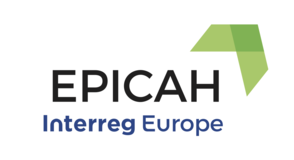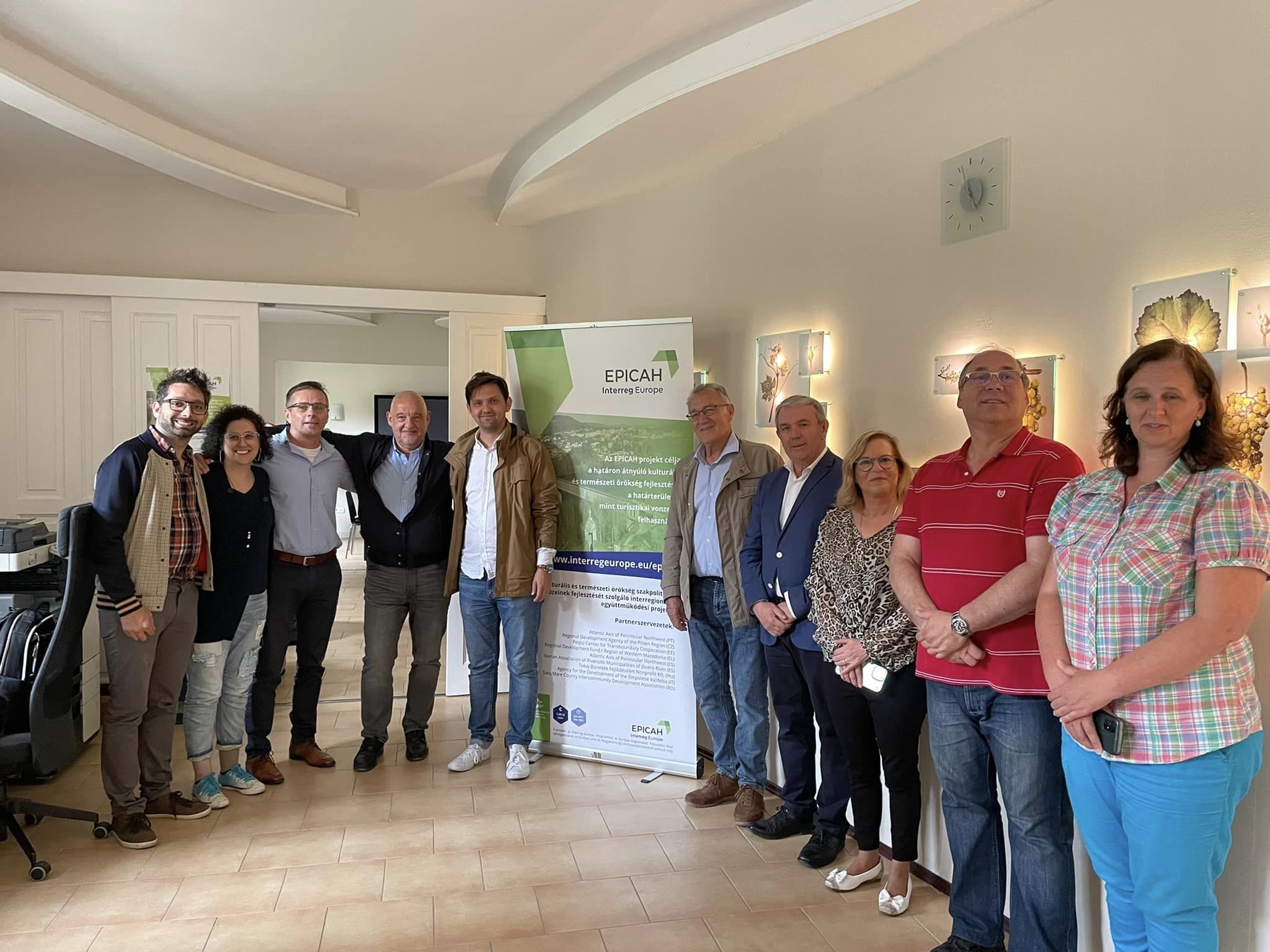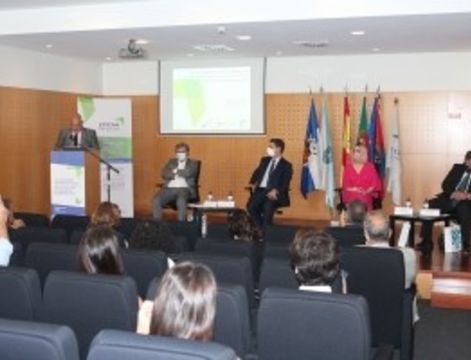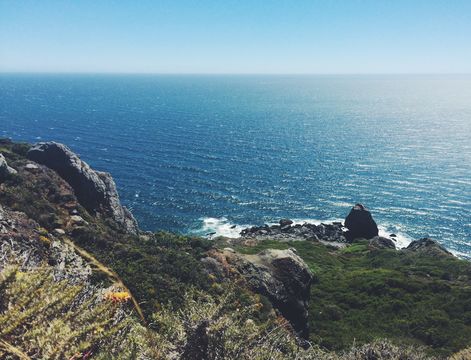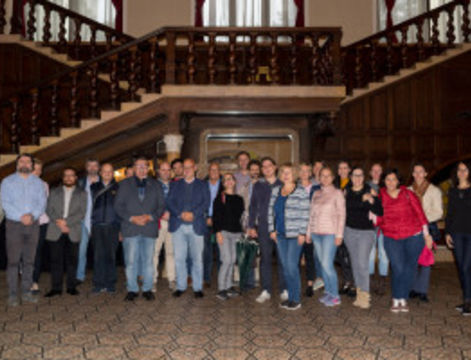In 2011, the United Nations World Tourism Organisation (UNWTO) predicted that the international flow of tourists will have risen over 1,8 billion in 2030, focusing mostly on a few popular tourist destinations. The rapid increase of worldwide tourism activity has been fuelled by a growing middle class, cheap air flights, online rental platforms, travel bloggers and famous film locations. Overtourism (or overcrowding of destinations)had a devastating impact onthe natural and cultural heritage of many popularholidayspotsaround the world. In Europe, the adverse effects are particularly evident in fragile world heritage sites, metropolitan areas as well as coastal or mountain areas. Alarm bells have been sounded by Amsterdam, Barcelona, Cornwall, Cinque Terre, Dubrovnik, Ibiza, Lake Königssee, Lisbon, Mallorca, Venice and many more. With the outbreak of the Covad-19 epidemic, this trend has been abruptly reversed now. The tourism industry has been hit extremely hard restrictions to international travel have caused a decline of the tourism economy at least between 45and 70%in the last months, according to the OECD. The ongoing pandemic could represent an opportunity to rethink tourism as a whole, by shifting more decisively from over-tourism to existing models of sustainable tourism. The present policy briefaspires to offer some solutions to the current challenges ofthe tourism sector. It illustrates how sustainable tourism brings an added value to the long-term socio-economic development of regions and how it helps them cope with the ongoing Covid-19 crisis. It providesvaluableinsight on how to sustainablymanage thenatural and cultural heritage through the creation of new itineraries and tourist attractions, sustainable transport, the promotion ofless-known destinations and the uptake of innovative solutions for supporting local tourism. Interregional cooperation counteracting tourism overcrowding can serve to build a more resilient tourism industry in the long run.
